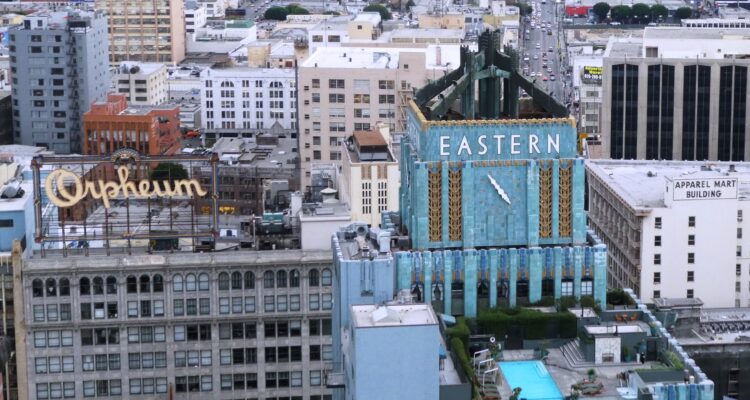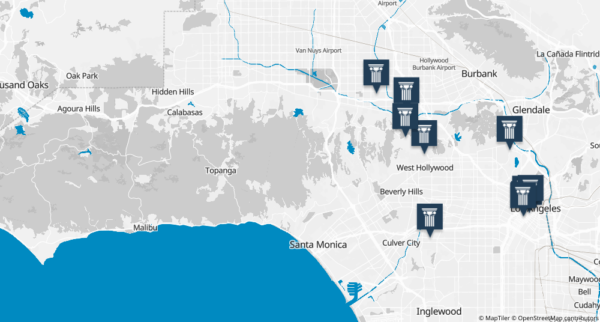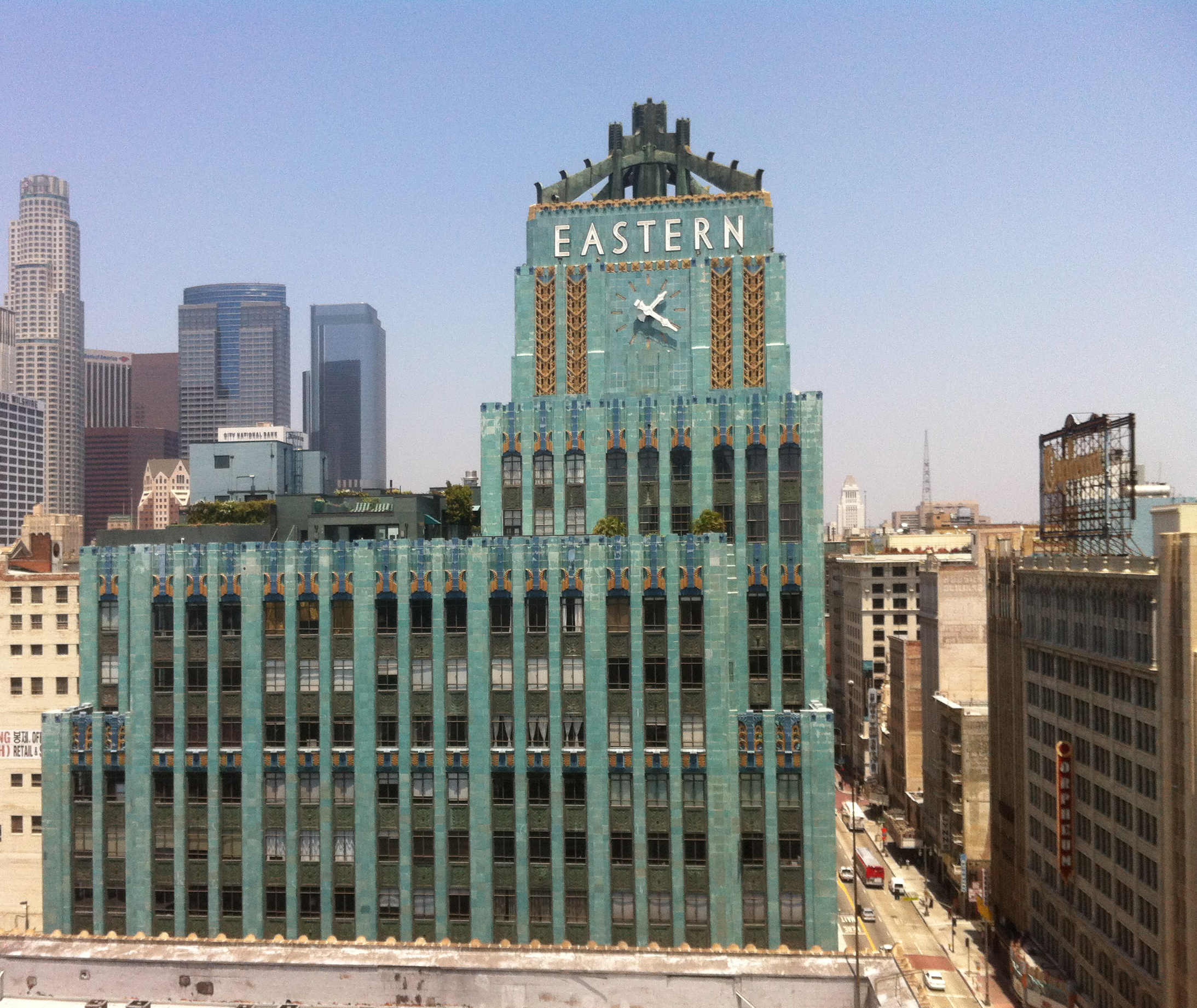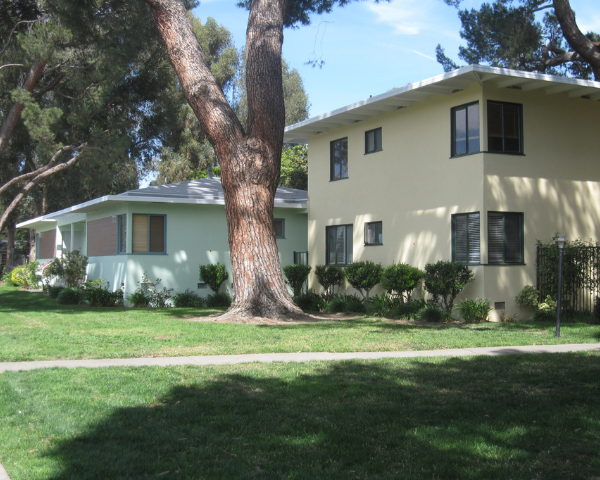


Since 2020, L.A. City's Mills Act program has been under review to assess program sustainability and equity.
Share your feedback with the City to shape amendments to the L.A. City Mills Act Program.






The Mills Act program is one of the most powerful historic preservation incentives for property owners. Today, combined Mills Act property owners in Los Angeles save over $20M in taxes. These savings are meant to be reinvested into rehabilitating and maintaining the historic properties.
The success of the program has led to more contracts than the City currently has capacity to maintain. In 2020, Los Angeles City Planning undertook a comprehensive, independent assessment ( The Mills Act Program Assessment and Equity Analysis ) to evaluate the program.
The City has begun reviewing the Assessment’s recommendations to determine which ones might be included in a formal amendment of the Mills Act program. See below for the Conservancy’s recommendations and to submit your feedback directly to the City.
The Mills Act program was enabled by state legislation in 1972 and adopted by the City of Los Angeles in 1996.
The program offers a property tax abatement through a revolving, auto-renewing 10-year contract between the City and the property owner. One major incentive for Mills Act recipients is that contracts are transferred to new ownership when the property is sold, who continue to receive the financial incentive.
The City has not accepted new contracts since the program went under assessment in 2020.
Read More + Read LessThe Mills Act Program Assessment and Equity Analysis assessment found that current funding is insufficient to effectively manage the number of contracts and to bring the program into complete compliance with state law.
The assessment also found that contracts and savings are disproportionately benefitting property owners in communities with lower barriers to opportunity.
Through the assessment a number of recommendations were provided for program sustainability and program equity. Click “Read More” to view some notable recommendations, or visit City of Los Angeles Planning Department Mills Act webpage for the full list.
Program Sustainability
Assessment: To date, the City has completed approximately only 25 percent of the inspections required annually, leaving many historic properties at risk of undergoing unpermitted alterations. Currently, the City only employs two staff, who dedicate less than half their time to the program due to other responsibilities.
Recommendations:
Program Equity:
Assessment: The largest number of contracts — 71 percent or 659 properties — are for single-family properties located in communities facing “low barriers to opportunity.” Despite the size, only 25% of savings went to these properties. The bulk of Mills Act savings went to multi-family and commercial properties, who received 83 percent of these savings.
Recommendations:
The Conservancy greatly appreciates the City for looking at new ways to make the Mills Act program more sustainable and equitable in the long-term. As the largest-operating (948 contracts) Mills Act program in California, we also recognize that amending this successful program will likely have broader implications.
Read below for some of our key position points or read the full Mills Act Assessment comments for more details.
First, Review the proposed recommendations and attend future hearings regarding this issue. We will add updated meeting information once they are scheduled.
Second, contact your local Councilmember and tell them how important the Mills Act Program is to the City of Los Angeles.